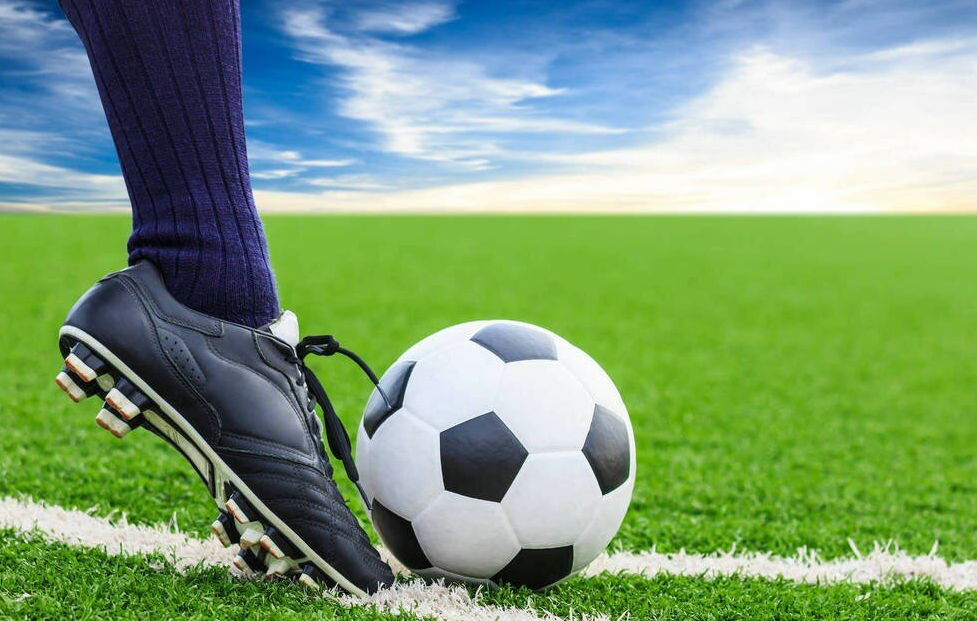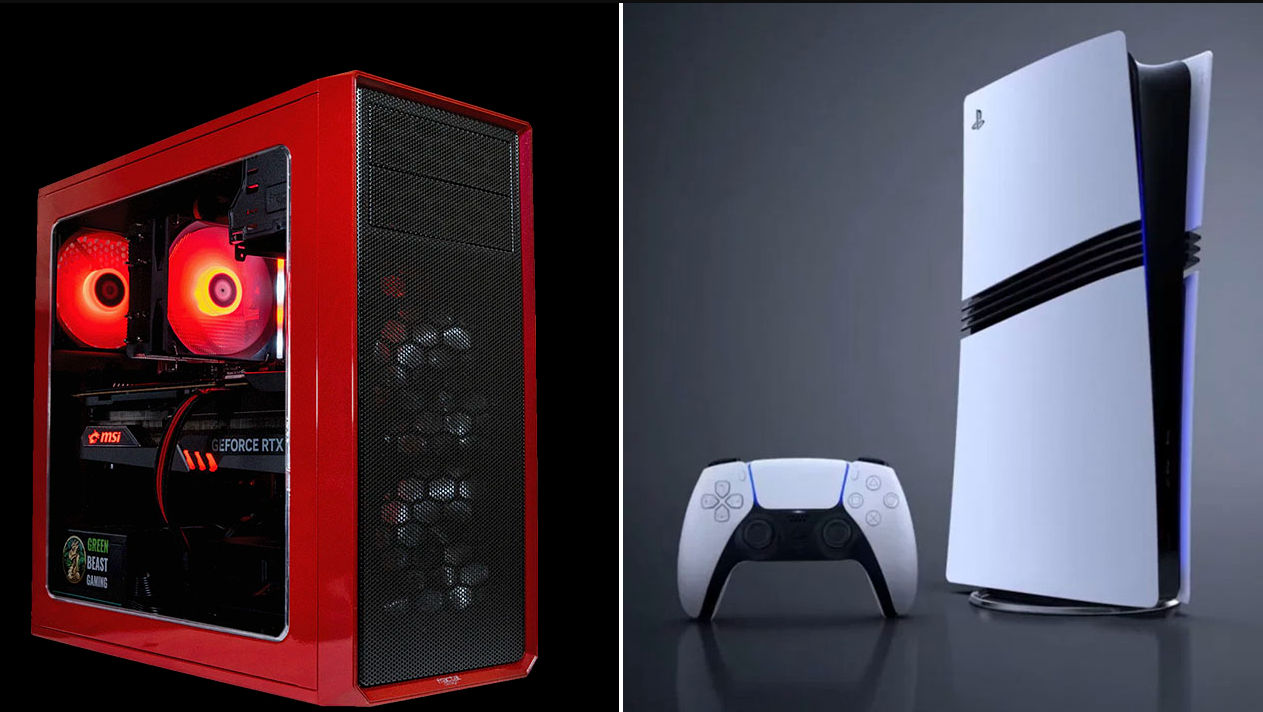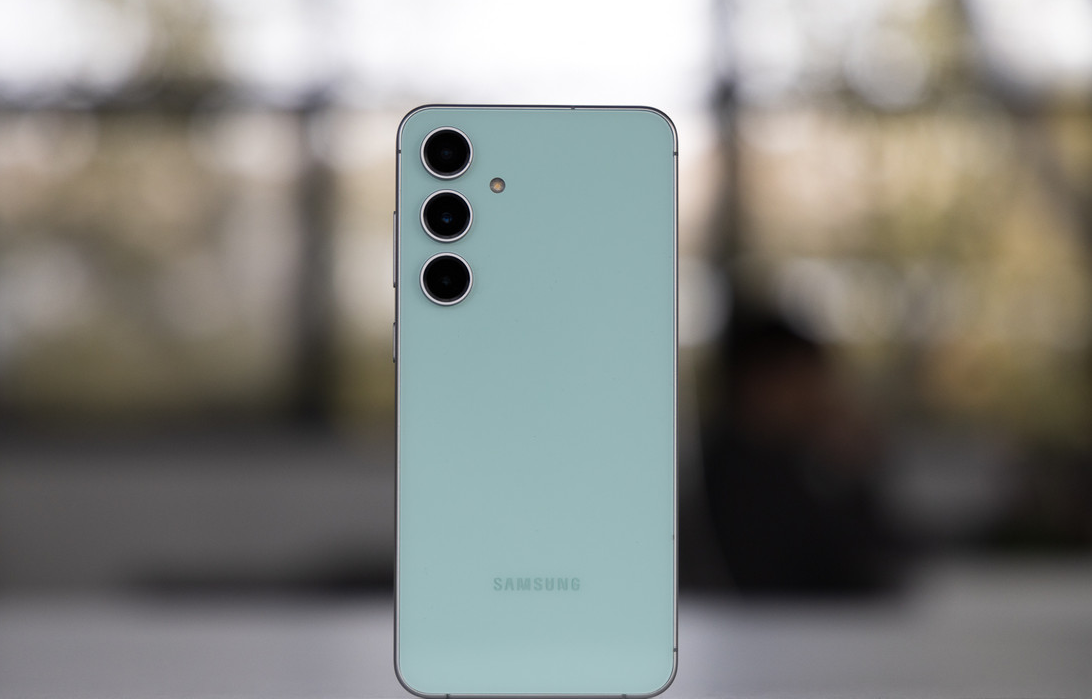Choosing football boots is more than just buying new shoes. It is an investment in your comfort, performance on the field and, to some extent, your safety. The wrong choice can lead not only to discomfort and reduced performance, but also to injury. Therefore, the approach to choosing cleats should be as considered and informed as possible.
How to choose cleats for a child
Choosing cleats for a child requires special attention to a few key aspects:
- Foot growth and development: Children’s feet grow and develop very quickly, so it’s important to choose cleats that aren’t too tight and leave some room for growth, but still provide good support and protection.
- Comfort and safety: Choose cleats with a soft upper and sufficient cushioning to minimise the risk of injury. Children’s shoes should be comfortable from the first wear, without the need for “wear and tear”.
- Lightweight: For children, lightweight models that will not put extra strain on their feet are preferable.
How to choose cleats for women
Women’s football boots are characterised by fit and design features that take into account the anatomical features of the female foot:
- Anatomical shape: Women’s feet tend to be narrower and have a different arch shape, so many brands offer specially designed women’s models for a better fit.
- Sizing: Women’s sizes are often slightly different from men’s, so it’s important to try on cleats before buying or peruse the size chart.
- Design and Colour: Many women prefer cleats with a brighter and more distinctive design, although this is a matter of personal preference.
How to choose cleats for men
Men’s cleats tend to offer a wide range of models designed for different types of surfaces and styles of play:
- Wide selection: A wide range of boots are available for men, from lightweight models for speed to more stable and protected options for defenders.
- Technology and Innovation: Men’s models often incorporate the latest developments in materials, cushioning and cleat design for maximum performance and comfort.
- Support and stability: The tall boot models provide extra ankle support, which is especially important for injury-prone players.
Correct size and fit
Choosing the right boot size is critical. Shoes that are too tight will cause discomfort and can lead to foot problems, while shoes that are too loose will not provide proper ball control and stability.
- Trying on: Always try on the boots with the football socks you will be wearing during the game. Make sure that there is a little space (about 0.5 cm) between your toes and the front of the boot.
- Foot shape: Consider the width and shape of your foot. Some brands are better suited for narrow feet, while others fit better on wide feet.
Understanding the type of surface and choosing the right sole pattern
The first step in choosing cleats is to understand what kind of surface you will be playing on. Depending on this, the sole design and cleat attachment will vary.
- FG (Firm Ground): For hard, dry natural fields. The spikes are distributed in such a way as to maximise grip and comfort. Firm ground soles typically have multiple tapered or embedded spikes (10 to 14) evenly distributed throughout the sole. This type of sole provides good traction on natural, well-maintained lawns. The outsole pattern is designed to minimise the risk of injury and provide stability on hard surfaces.
- MG (Multi Ground): Suitable for different types of surfaces, including artificial pitches. Specially shaped and positioned spikes for universal use. The spikes are shorter, can be either conical or rectangular, and are closer together than FG boots. This sole pattern aims to provide stability and minimise pressure on the foot on hard or artificial surfaces.
- SG (Soft Ground): For soft, moist natural fields. The spikes are longer and often removable so that they can be adapted to the degree of softness of the pitch. SG soles are equipped with fewer spikes (6-8). This allows players to adapt the cleats to different ground softness conditions. Long spikes provide deep ground penetration and reliable traction, which is critical to avoid slipping on slippery surfaces.
- AG (Artificial Ground): Specialised artificial turf soles contain many small spikes that are distributed throughout the sole. This pattern ensures an even distribution of pressure on the foot, which is important when playing on harder artificial surfaces, and helps to avoid overloading and injury.
- IN (Indoor) and TF (Turf): The soles for indoor (IN) and artificial short pavement (TF) have a pattern of shallow relief or multiple small spikes that provide traction on smooth surfaces without the risk of the spikes getting stuck in the pavement.
Top material
The material of the upper part of the boots directly affects ball contact feel, durability and comfort.
- Natural Leather: Provides great ball feel and comfort, but can be more expensive and requires more maintenance.
- Synthetic leather: A good alternative to genuine leather, provides water resistance and less moisture absorption.
- Textile and mesh: Make cleats lighter and provide extra ventilation, but may be less durable.
Boot weight
The weight of the cleats also plays an important role, especially for players who need maximum speed and manoeuvrability.
- Lightweight cleats: Typically weigh around 7–9 ounces (about 198-255 grams), which provides better manoeuvrability and speed on the pitch.
- Heavy cleats: On the contrary, they weigh around 9–12 ounces (about 255-340 grams), which provides extra protection and stability, especially in contact situations, and makes them the preferred choice for defenders and goalkeepers.
It is important to remember that the weight of cleats can vary slightly depending on the specific model and manufacturer. When choosing cleats, it is always advisable to try them on and pay attention to the comfort and feel when wearing them.
Boot selection and field position
The choice of football shoes depends largely on the player’s position on the pitch. Each position requires certain characteristics from the boots to maximise performance and comfort. Here’s how you can choose boots based on your role on the football pitch:
Attackers
Priorities: Speed, lightness, sensitivity in ball contact.
- Cleats: Lightweight cleats with a thin upper for better ball control and quick changes of direction. Prefer models that provide close contact with the ball, allowing for precise striking and fine manipulation at high speeds.
Midfielders
Priorities: Versatility, comfort, ball control.
- Boots: Boots that provide a good balance between lightness and defence. Midfielders need boots that allow them to both hold the ball with confidence and make accurate passes over long distances. The upper should support the foot during frequent lateral movements.
Defenders
Priorities: Protection, stability, sustainability.
- Cleats: Heavier and more stable cleats with reinforced uppers for added foot protection during martial arts. Defenders are suited to models with a reinforced heel and extra cushioning to protect against impact and injury.
Goalkeepers
Priorities: Stability, defence, quick reaction.
- Cleats: Goalkeepers need cleats that provide maximum stability and support during fast jumps and sudden movements. Prefer models with good cushioning and a reinforced forefoot to protect the toes when kicking the ball.
Choosing football boots is a process that requires attention to many details: surface type, size, material, weight and price. Take the time to assess your needs and preferences, and don’t be afraid to ask for advice from more experienced players or in-store consultants. The right cleats will not only improve your game, but also help you avoid injury. And remember, an investment in quality cleats is an investment in your enjoyment and performance.
Let reBITme enhance your shopping experience with new boots. Enjoy the benefits!





